It sounds like you want to do a Job Safety Analysis. ;)
More seriously, there are really two questions here:
- Are there any hazards to my personal health and safety when dis-assembling consumer electronics?
- Is it safe to re-use the parts thus obtained?
Disassembly
Let's assume that you are sane, and you are never going to work on live devices. That means, at a minimum, that you have isolated the mains power, i.e. the mains power cord is entirely removed from the power outlet.

The major hazard here is so to with stored energy. Some parts of electrical devices can store enough charge to give you an electric shock. The large electrolytic capacitors in power supplies are good examples of this. Flyback transformers, as found in cathode-ray TV's, are also notorious for this.
The remedy for this is to discharge the stored energy.
Other hazards are more mundane. For example, eye protection was mandatory in our electronics labs, because side-snippers (wire cutters) can propel bits of wire at high speeds. Closed shoes were also mandatory in case you dropped a soldering iron on your foot. (I wear steel-capped safety shoes whenever I'm out of the house, so this was no great imposition on me.)
If you're working with a soldering iron, work in a well-ventilated room - the lead fumes aren't such an issue, unless you're doing it for long periods, but some of the things you may be burning could produce toxic byproducts.
Wash your hands after you're done. I was inducted to work in a lead smelter, and it gave me a healthy paranoia about heavy metal poisoning. Washing your hands costs nothing, and better safe than sorry.
Using the parts
The electronic device was designed to be fully safe when used by normal people. When you disassemble it, you are circumventing the design features that made it safe.
In the particular case of laser devices, like optical disc readers, the device was made safe either by limiting the output power to a safe level (so it doesn't matter if you are exposed to it), or by means of containing the laser energy within the enclosure of the device (so you can never be exposed to it.) If you take out the laser and use it for something else, you would have to apply similar care. Note that infra-red or ultra-violet lasers may be invisible!
In general re-using parts from disassembled devices is OK, but be careful what you use them for. I.e. when building anything to do with mains voltage, the parts involved must be rated to withstand voltages significantly higher than normal mains voltage, in case of surges on the power line. This is why power supply capacitors exposed to mains voltage must be safety rated X1, X2, Y1, Y2.
If you ever have a question about re-using a specific part, ask a question here and we can provide specific advice.
